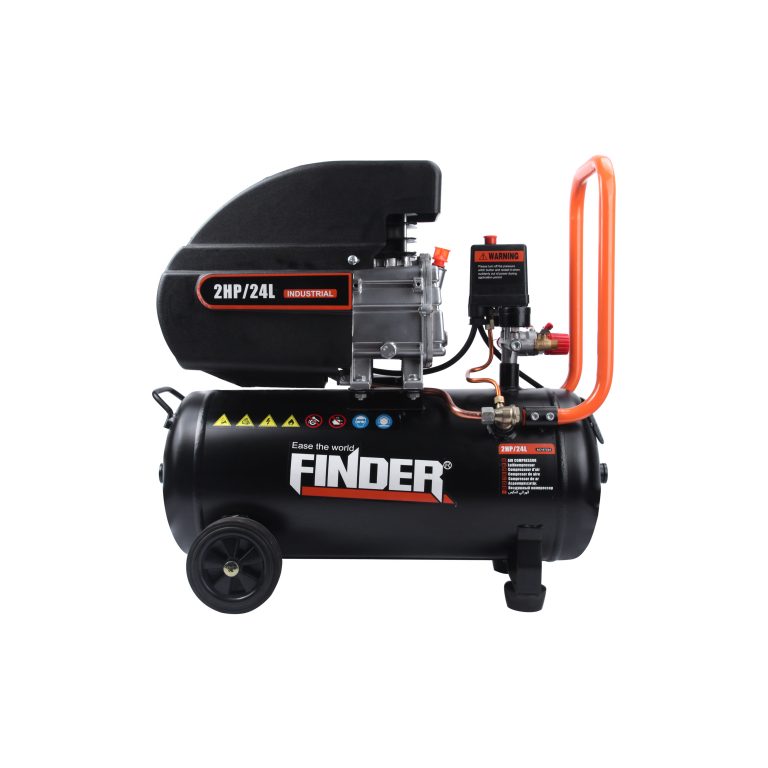The Air Tools Overview
Air tools have long been favored for their exceptional power and durability. However, with the rapid progression of technology, there has been a noticeable shift towards electric tools in various industries. This blog aims to delve into the strengths of air tools when compared to electric tools, while also examining how technological advancements are impacting the future of air tools. Throughout this exploration, we will uncover the unique advantages that air tools offer over their electric counterparts and analyze the evolving landscape of pneumatic and corded tools.
Advantages of Air Tools
Power and Durability
Air tools are renowned for their robust power output and exceptional durability. Their ability to generate high torque and maintain consistent performance makes them well-suited for heavy-duty applications across various industries. Whether it’s automotive repair, construction work, or manufacturing processes, air tools have proven to be reliable companions, offering the strength and resilience needed to tackle demanding tasks with ease.

Versatility and Weight
One of the key advantages of air tools lies in their versatility. They can seamlessly transition between different applications, making them indispensable in diverse industrial settings. From tightening bolts in an auto body shop to precision cutting in a manufacturing facility, air tools showcase their adaptability. Additionally, their lightweight nature ensures that users can handle them comfortably for extended periods, reducing fatigue and enhancing overall efficiency.
Technological Impact
Shift Towards Electric Tools
In recent years, technological advancements have spurred the development of more powerful and efficient electric tools. The shift towards electric tools has been driven by their enhanced portability and convenience compared to air tools. With cordless options becoming increasingly prevalent, electric tools offer greater freedom of movement, allowing users to work in various locations without the constraints of air hoses or power cords.
Challenges in Using Air Tools
While air tools boast impressive power and durability, they come with certain challenges. One significant limitation is their reliance on a constant supply of compressed air, which restricts their mobility and flexibility. Additionally, air tools are known for their noise levels during operation, which can be a concern in certain work environments. Furthermore, regular maintenance is essential to keep air tools functioning optimally, adding to the overall operational requirements.
Cost and Environment
Cost-Effectiveness
When considering the long-term financial viability, air tools present a compelling case for cost-effectiveness. Their lower maintenance and energy costs contribute to their economic efficiency, making them a favorable choice for businesses aiming to optimize their operational expenses. Moreover, the extended lifespan of air tools allows them to endure harsh working conditions without compromising their performance or incurring frequent replacement costs.
Environmental Impact
In terms of environmental consequences, air tools have a significantly smaller ecological footprint compared to electric tools. They produce fewer emissions, contributing to a safer and cleaner working environment while aligning with sustainable practices. This makes them an environmentally friendly choice for industries seeking to reduce their environmental impact and uphold responsible operational standards.
Maintenance and Innovations
Tips for Maintaining Air Tools
- Regular upkeep of air tools involves essential tasks such as lubrication and cleaning. These practices are crucial for preserving the performance and longevity of the tools, ensuring they continue to operate at their optimal capacity.
- Proper storage and handling also play a significant role in maintaining air tools. Storing them in a clean and dry environment, free from exposure to moisture or extreme temperatures, can help prolong their lifespan and prevent unnecessary wear and tear.
Innovations in Air Tool Technology
Advancements in air tool technology have ushered in a new era of efficiency and sustainability. Through innovative designs and the use of cutting-edge materials, air tools have experienced significant enhancements in performance and durability. These developments have not only reduced air consumption but also improved overall functionality, making air tools more reliable and effective for a wide range of industrial applications.
Future of Air Tools
Despite the increasing popularity of electric tools, air tools continue to maintain a competitive edge due to their exceptional power, durability, and cost-effectiveness. The ongoing innovations in air tool technology are expected to further elevate their performance and efficiency, solidifying their relevance in various industries. With a promising future ahead, air tools are poised to remain the preferred choice, particularly in sectors that demand high power and unwavering reliability.
In Summary: Air tools are here to stay, offering unparalleled advantages that make them indispensable in demanding industrial environments.
This section utilizes the primary keyword “air tools” once and the secondary keyword “pneumatic tools” once.
